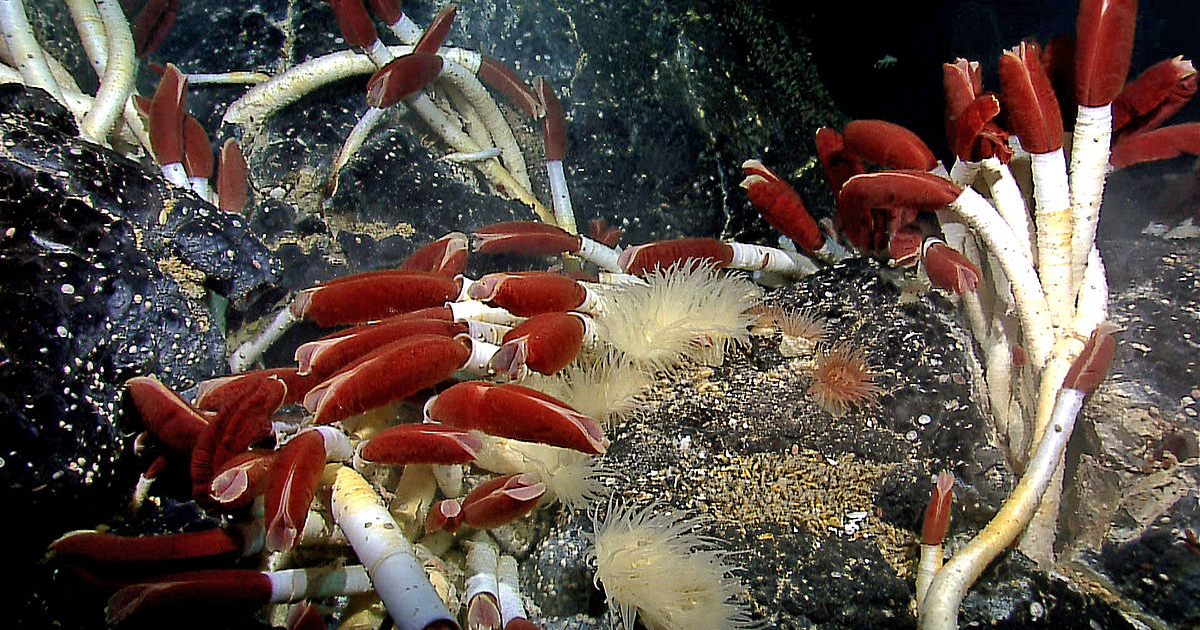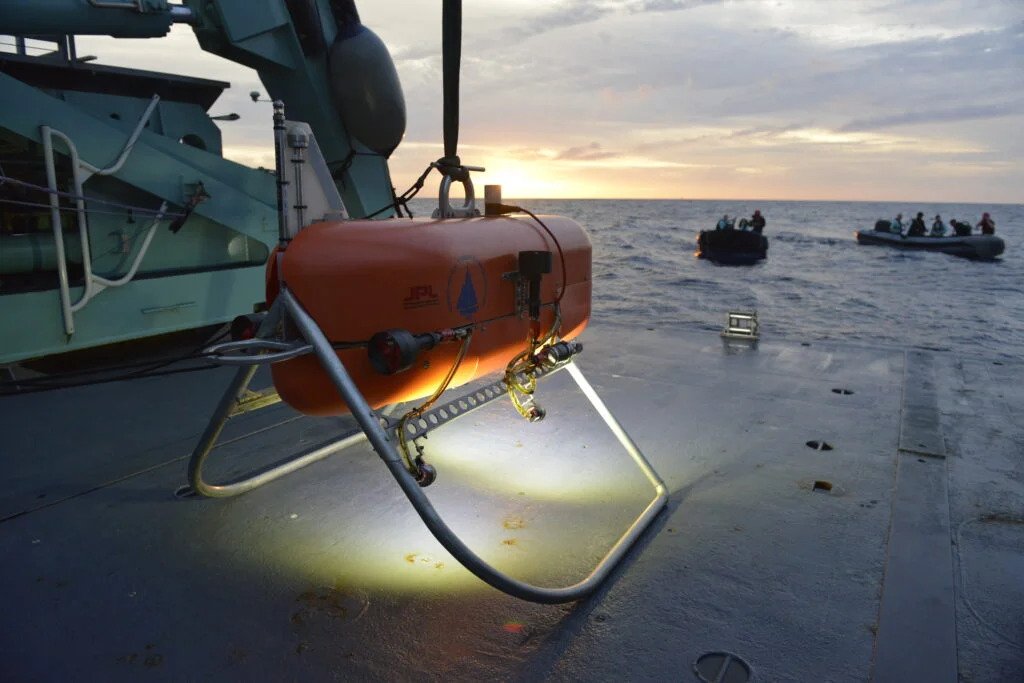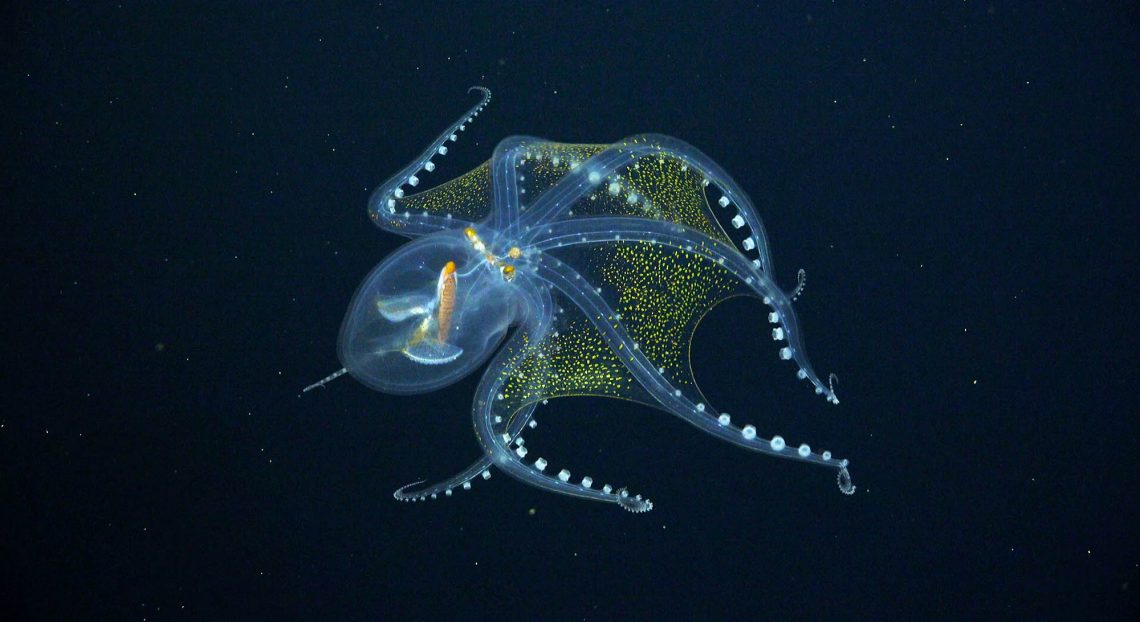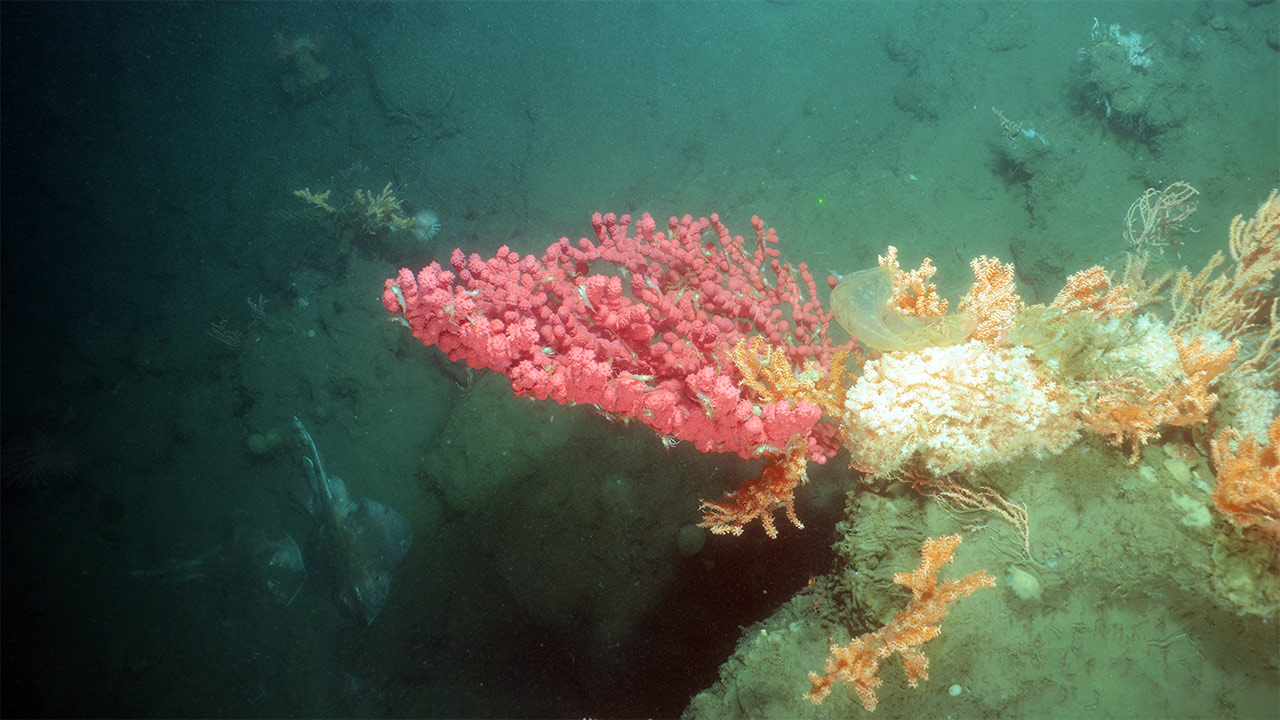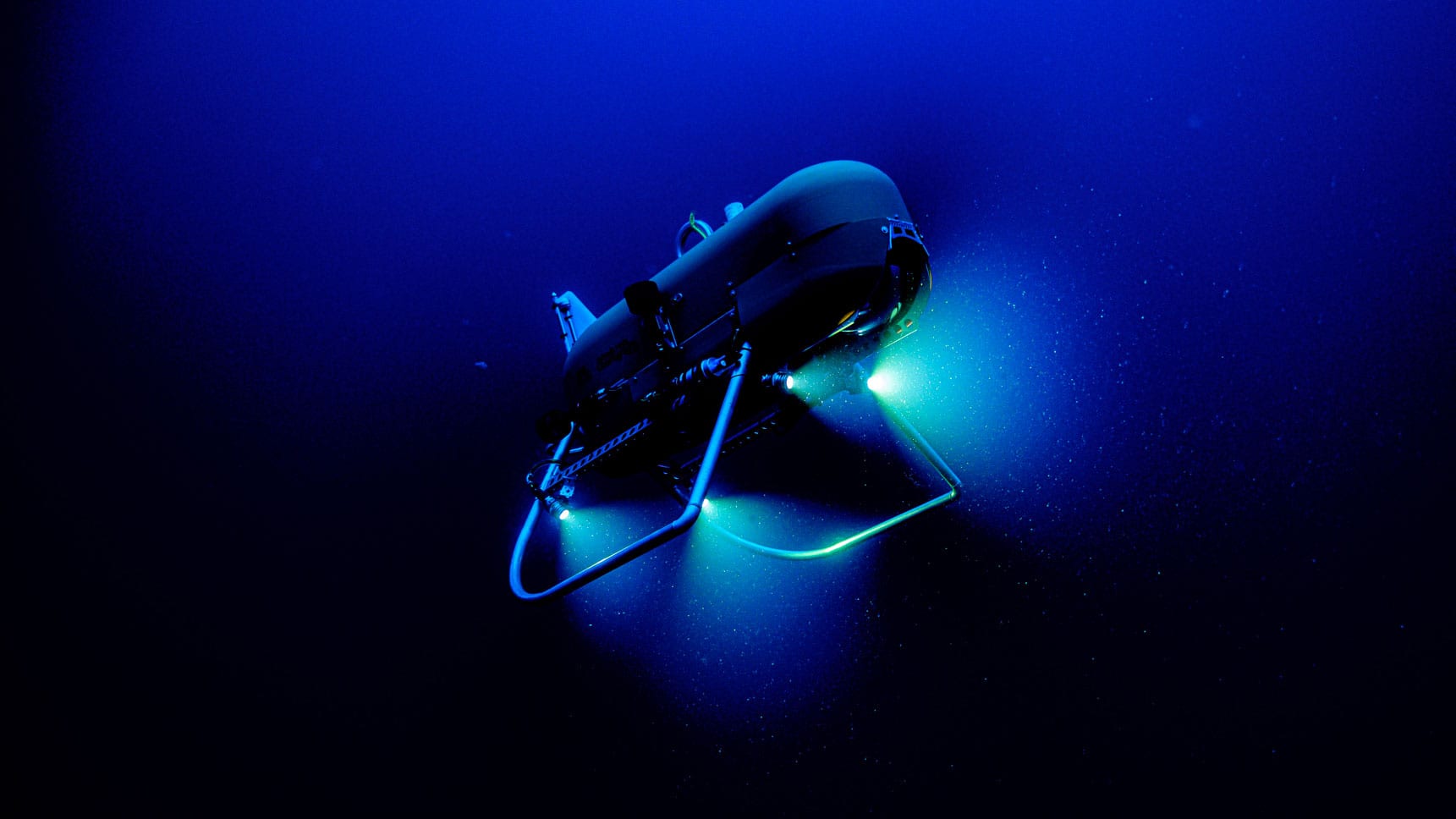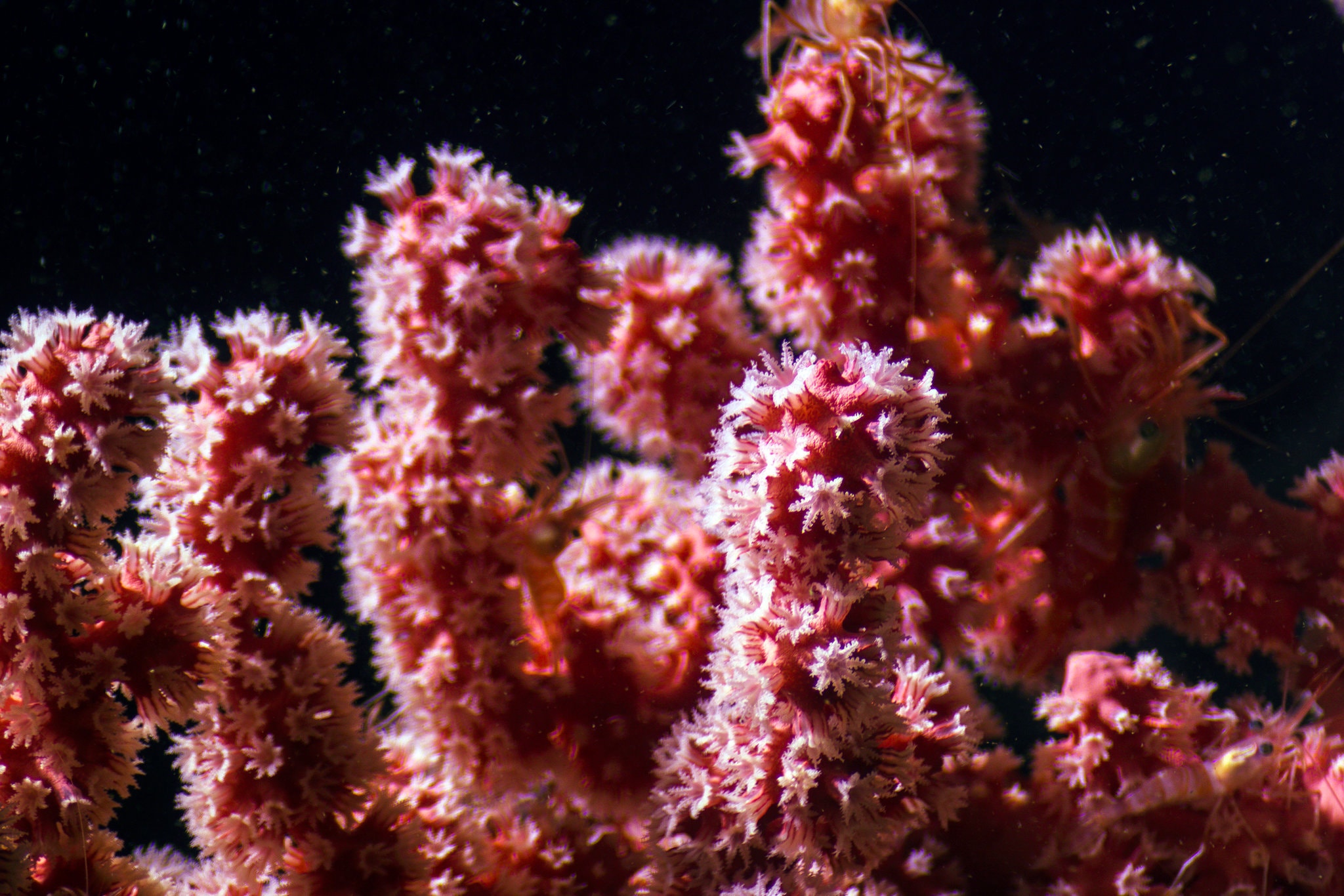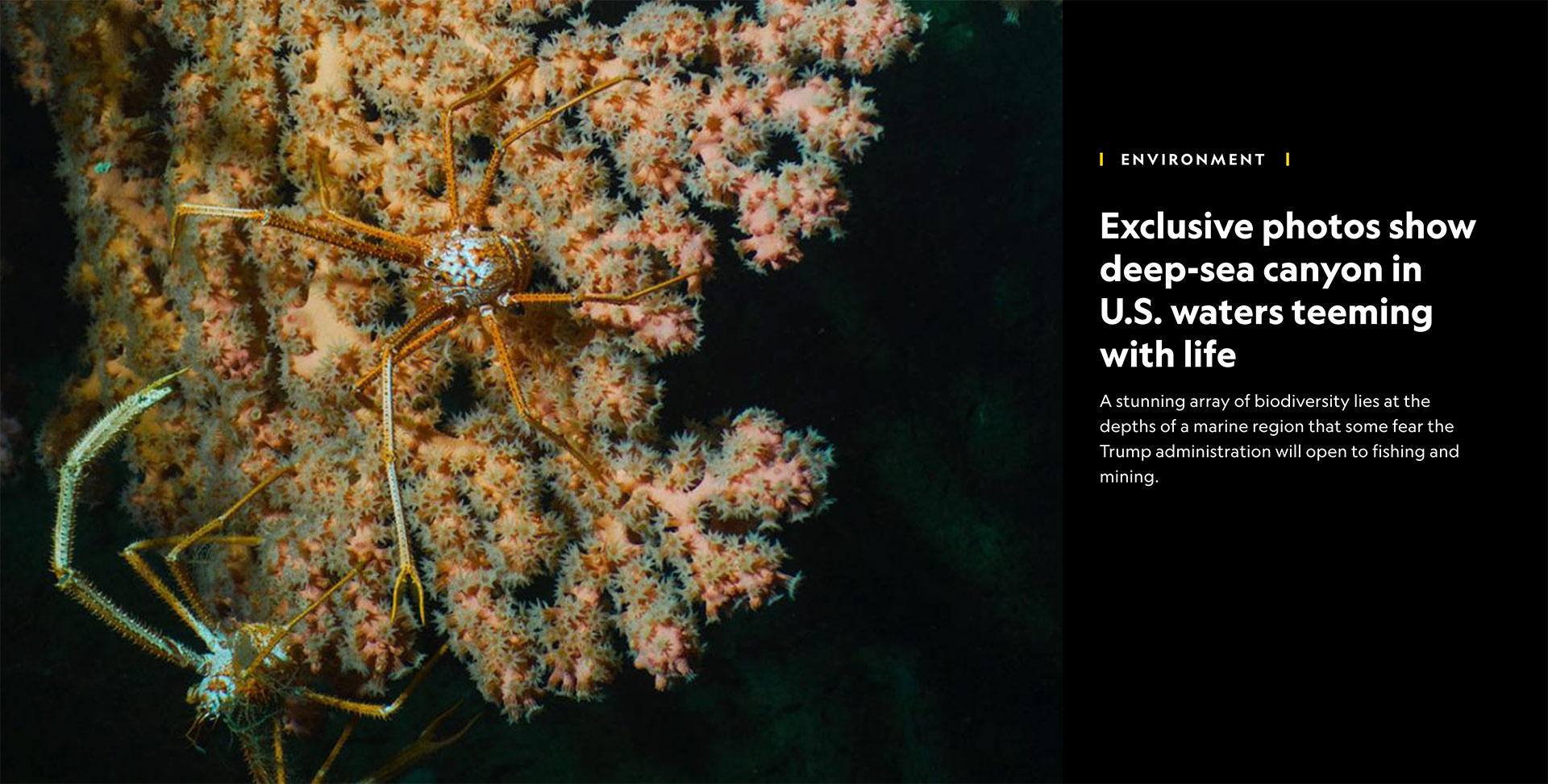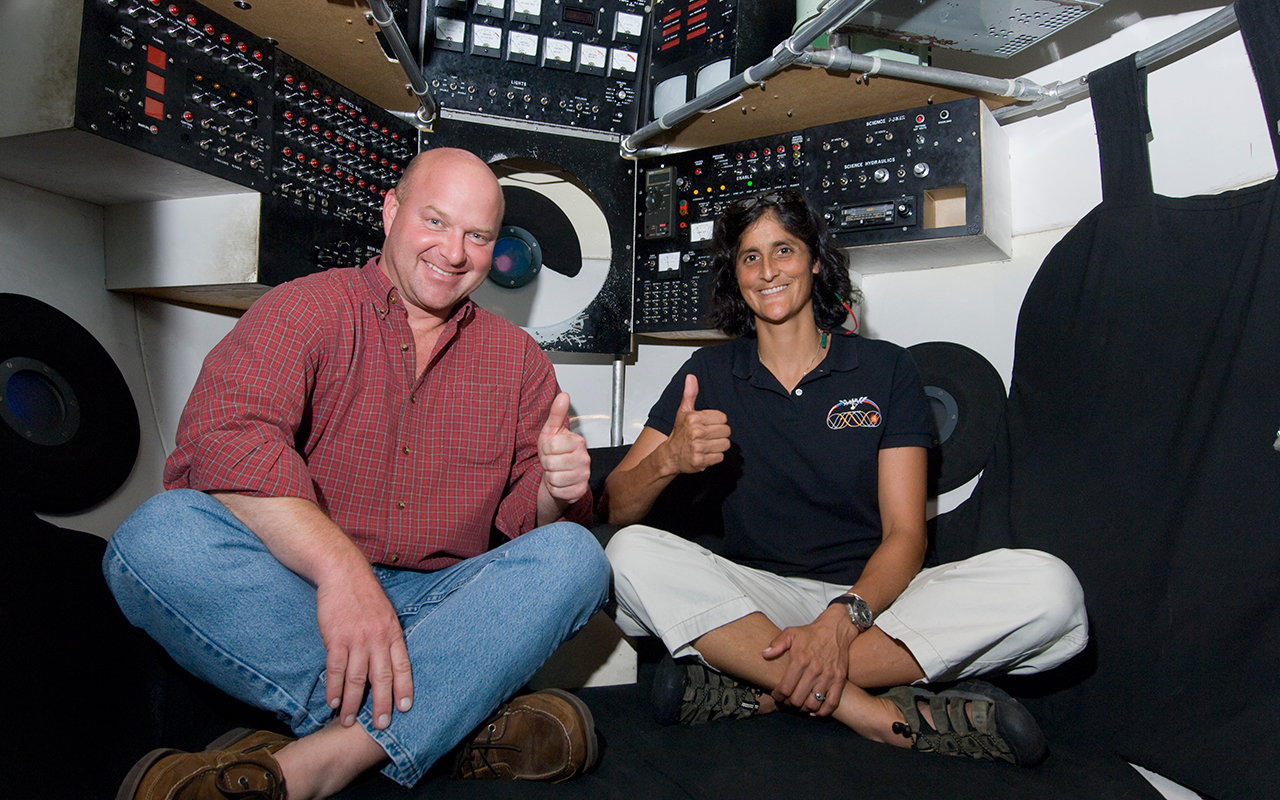News
WHOI to co-lead Deep-Ocean Genome Project with University of Connecticut as part of global effort.
from AAAS
The Orpheus submersibles are designed to explore an extreme zone of the Earth’s seas—and could help pave the way for science on distant worlds.
From Popular Science
Building off a groundbreaking 2017 expedition, a follow-up expedition in the Phoenix Islands Archipelago enabled the largest collection of microbial cultures from the central Pacific Ocean and the most comprehensive study of deep sea coral and sponge ecosystems in this part of the world.
from Schmidt Ocean Institute
Though near to some of the busiest ports and coastal waters in the world, the deep-sea canyons of the Mid-Atlantic Ocean are little-explored. Over the last few decades, scientists have discovered that these mysterious marine canyons are home to an impressive array of corals, sponges and fishes.
It should be a lifeless wasteland. Temperatures are barely above freezing, miles of water apply crushing pressure, and no sunlight reaches there. But the deepest parts of the ocean are actually rife with outlandish lifeforms.
Read the full story in Christian Science Monitor
It’s underwater—and the consequences are unimaginable.
WHOI’s new hadal robot moves one step closer to exploring the limits of life on Earth and beyond.
from Oceanus magazine
From the New York Times: Researchers announced on Tuesday that they had found two new species of cold-water coral in undersea canyons off New England, a discovery that highlighted concerns about the effects of global warming on the world’s oceans.
Read the full story
View amazing photos from a recent Shank Lab expedition to the Northeast US Canyons and Seamounts Monument with OceanX
Tim Shank and Sunita Williams placed one of the most unusual long-distance phone calls of all time on Jan. 26, 2007. It traveled over a few time zones and through the ocean, the atmosphere, and outer space.

